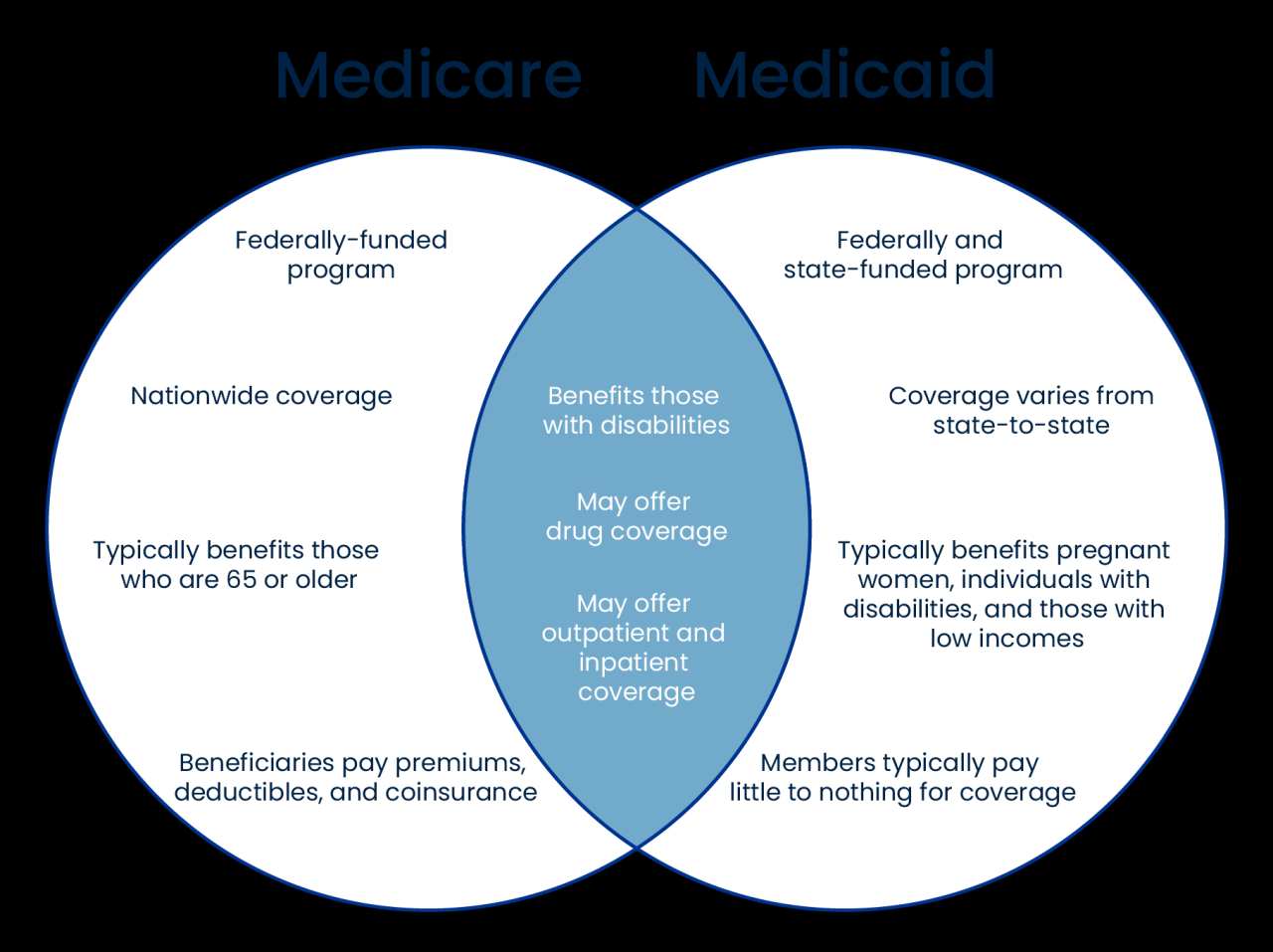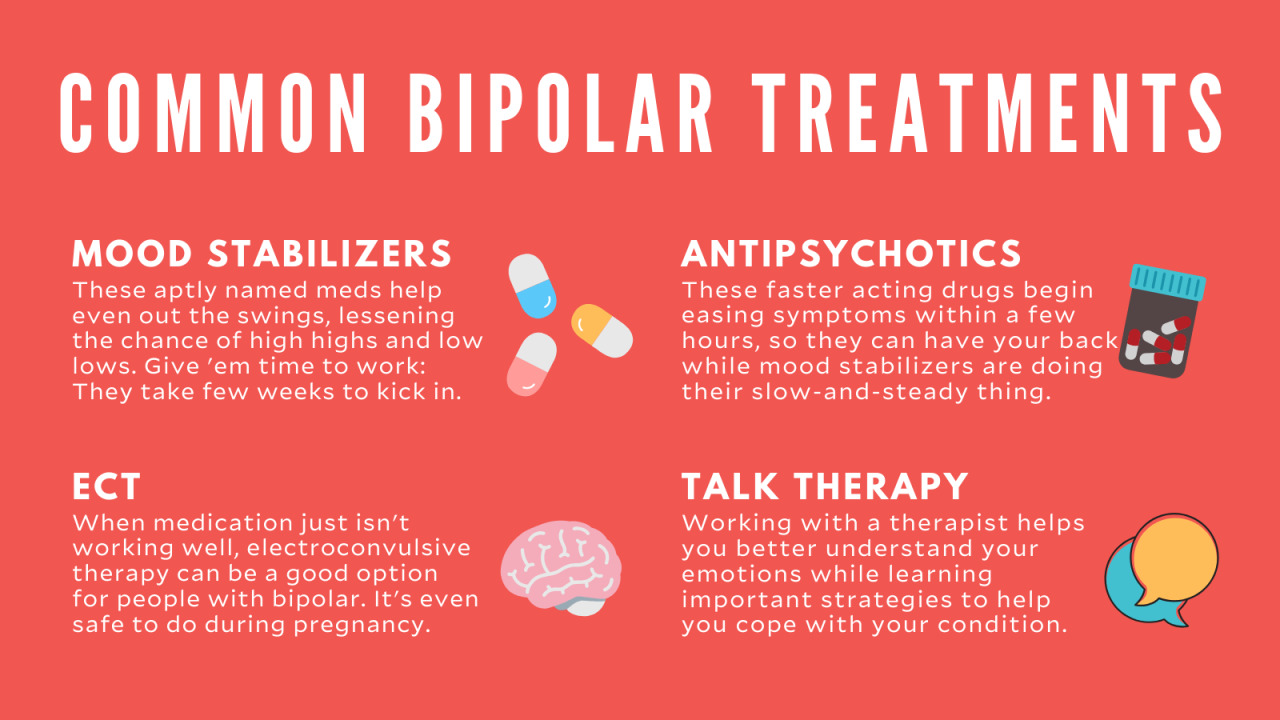CVA medical abbreviation, often encountered in medical records and reports, stands for Cerebrovascular Accident. This term, while concise, encompasses a range of serious medical conditions affecting the brain’s blood vessels, primarily related to cerebrovascular disease and stroke. Understanding the nuances of CVA is crucial for healthcare professionals and patients alike, as it helps in accurately diagnosing and treating these conditions effectively.
CVA refers to a disruption of blood flow to the brain, which can lead to various neurological impairments depending on the severity and location of the affected area. The most common form of CVA is stroke, characterized by a sudden loss of brain function due to a blood clot or a ruptured blood vessel.
While CVA primarily pertains to neurological conditions, it can also be used in other medical fields, such as cardiology, where it might indicate a cardiovascular accident.
Understanding CVA as a Medical Abbreviation
In the medical world, abbreviations are commonplace, used to save time and space in medical records and communication. One such abbreviation is CVA, which stands for “Cerebrovascular Accident.” While commonly known as a stroke, CVA can also refer to other medical conditions related to the brain’s blood vessels.
Full Meaning of CVA
CVA is a medical abbreviation that stands for Cerebrovascular Accident. This term encompasses any event that disrupts the blood flow to the brain, leading to damage or dysfunction.
Medical Conditions Referred to by CVA
While CVA primarily refers to stroke, it can also be used to describe other conditions affecting the brain’s blood vessels. These include:
- Transient Ischemic Attack (TIA):A temporary interruption of blood flow to the brain, often referred to as a “mini-stroke.”
- Brain Aneurysm:A bulge or weakening in a blood vessel in the brain that can rupture and cause bleeding.
- Cerebral Venous Thrombosis (CVT):A blood clot in a vein in the brain.
- Cerebral Arteriovenous Malformation (AVM):An abnormal connection between arteries and veins in the brain.
Examples of CVA in Medical Records
CVA is frequently used in medical records, reports, and documentation. Here are some examples:
- “Patient admitted with history of CVA.”
- “Neurological exam revealed signs consistent with recent CVA.”
- “Patient underwent a CT scan to rule out CVA.”
CVA in Relation to Cerebrovascular Disease
CVA is intrinsically linked to cerebrovascular disease, a broad term encompassing various conditions affecting the blood vessels of the brain.
Connection Between CVA and Cerebrovascular Disease

Cerebrovascular disease is the underlying pathology that can lead to CVA. When blood vessels in the brain are affected by disease, they can become narrowed, blocked, or weakened, increasing the risk of a CVA. CVA represents a specific event within the broader spectrum of cerebrovascular disease.
Types of Cerebrovascular Disease
There are various types of cerebrovascular disease, including:
- Atherosclerosis:A buildup of plaque in the arteries, narrowing the blood flow.
- Hypertension:High blood pressure can damage blood vessels over time.
- Diabetes:High blood sugar levels can damage blood vessels.
- Heart Disease:Conditions like atrial fibrillation can increase the risk of blood clots traveling to the brain.
Symptoms of CVA Related to Cerebrovascular Disease
The symptoms of CVA can vary depending on the location and severity of the brain damage. Common symptoms include:
- Sudden weakness or numbness in the face, arm, or leg, especially on one side of the body.
- Sudden confusion, difficulty speaking, or understanding speech.
- Sudden trouble seeing in one or both eyes.
- Sudden dizziness, loss of balance, or coordination.
- Sudden severe headache with no known cause.
CVA and Stroke
The terms CVA and stroke are often used interchangeably because they are closely related. Understanding their nuances is crucial for accurate medical communication.
Relationship Between CVA and Stroke
Stroke is a specific type of CVA. It occurs when a blood vessel in the brain is blocked or bursts, leading to brain damage. Therefore, stroke is a subset of CVA, representing a particular event within the broader category of cerebrovascular accidents.
Types of Stroke and Their Relation to CVA
There are two main types of stroke, both of which are considered CVAs:
- Ischemic Stroke:This occurs when a blood clot blocks an artery in the brain, cutting off blood flow. Ischemic strokes are the most common type of stroke.
- Hemorrhagic Stroke:This occurs when a blood vessel in the brain bursts, causing bleeding into the brain tissue. Hemorrhagic strokes are less common than ischemic strokes but often more severe.
Impact of CVA on Stroke Diagnosis and Treatment
The term CVA plays a crucial role in stroke diagnosis and treatment. When a patient presents with symptoms suggestive of a stroke, healthcare providers use the term CVA to indicate the suspected condition. This allows for rapid and efficient diagnosis and treatment, leading to better outcomes for the patient.
CVA in Other Medical Fields: Cva Medical Abbreviation

While CVA is primarily used in neurology, it can also be found in other medical fields. However, its use outside neurology can lead to confusion and misinterpretations.
Examples of CVA in Other Fields
CVA may be used in fields like cardiology or vascular surgery to refer to conditions affecting blood vessels in the heart or other parts of the body. For example, “CVA of the aorta” might refer to an aneurysm or dissection of the aorta.
Potential for Confusion
Using CVA in different medical contexts can create confusion because the abbreviation may not always refer to the same condition. This ambiguity can lead to misunderstandings and medical errors.
Alternative Abbreviations
To avoid confusion, alternative abbreviations may be used in place of CVA in different medical contexts. For example, “TIA” is often used to refer to transient ischemic attacks, while “SAH” is used for subarachnoid hemorrhage.
Importance of Clear Communication in Medicine
Clear and unambiguous communication is essential in healthcare settings to ensure patient safety and optimal outcomes. The use of precise medical terminology, including appropriate abbreviations, plays a crucial role in this process.
Significance of Precise Terminology
Misinterpretations of abbreviations can lead to medical errors, delayed diagnoses, and inappropriate treatments. Using precise and unambiguous medical terminology helps to prevent these errors and ensure that healthcare professionals understand each other clearly.
Misinterpretations and Medical Errors, Cva medical abbreviation
For example, if a physician writes “CVA” in a patient’s chart, a nurse might interpret it as a stroke, while a cardiologist might interpret it as a vascular condition in the heart. This ambiguity can lead to confusion and potentially harmful consequences for the patient.
Table Outlining the Importance of Clear Communication
| Aspect | Importance |
|---|---|
| Precise Terminology | Ensures accurate understanding and communication among healthcare professionals. |
| Appropriate Abbreviations | Saves time and space in medical records, but must be used consistently and understood by all involved. |
| Clear Documentation | Provides a comprehensive record of the patient’s care, reducing the risk of errors and facilitating continuity of care. |
| Open Communication | Encourages collaboration and shared decision-making between healthcare professionals and patients. |
Ultimate Conclusion
The use of CVA as a medical abbreviation highlights the importance of clear and unambiguous communication in healthcare. While it serves as a shorthand for complex medical terms, it’s essential to ensure that everyone involved understands its meaning and implications.
Understanding the various conditions that CVA can refer to empowers healthcare professionals to make informed decisions and provide patients with the best possible care.












